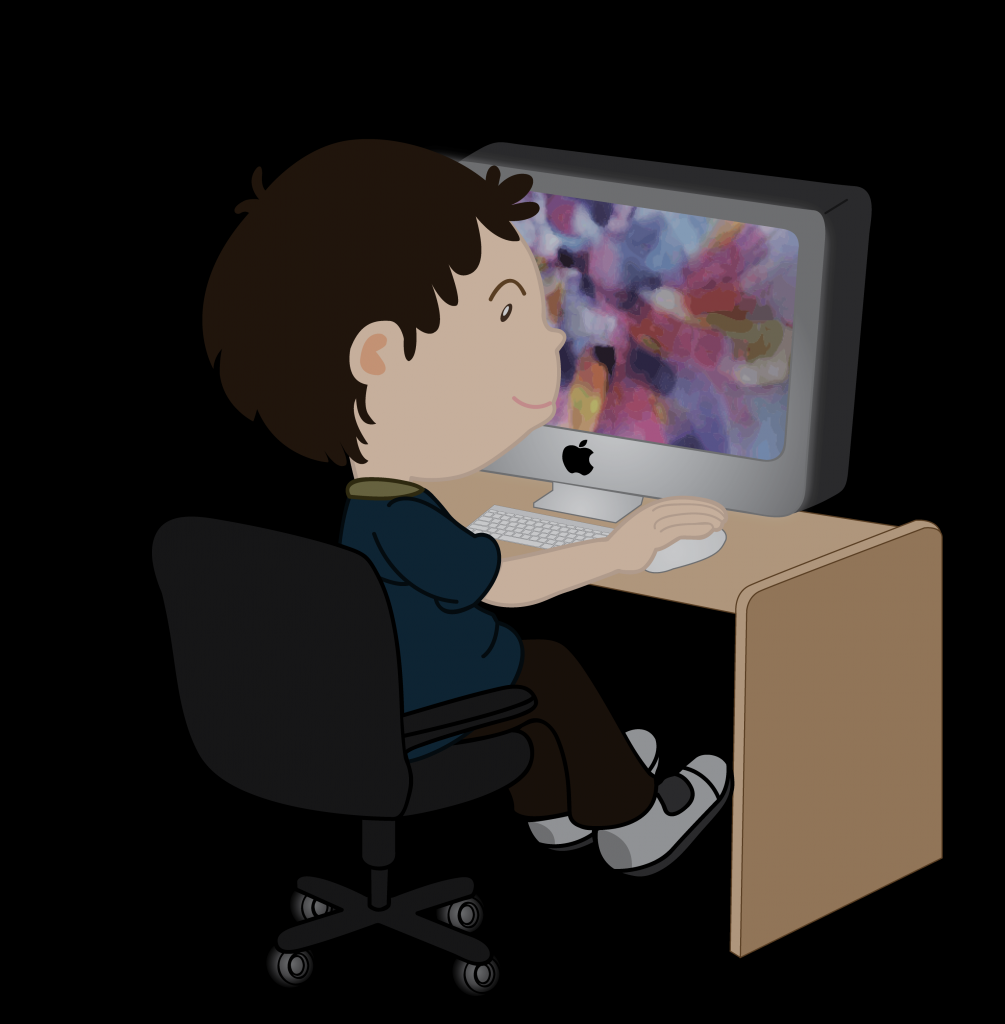
We belong to a generation that thrives on speed, on acceleration, on the rush.
Where ‘eating lunch’ means grabbing a sandwich to eat on the metro, or, better yet, fueling yourself on another cup of coffee.
Where we check our email 10 times a day, never leave the house without a device that can access the Internet and constantly find ourselves updating everything.
So in retrospect, the fact that we would want to render some art forms more accessible through the world wide web is not all that surprising; we love the idea of information at our fingertips.
Internet art (also called art.net) has been controversial for the artistic world since the early ‘90s. Ultimately, it asks the question “Is it still art if you experience it this way?” Let’s consider the question: what exactly makes a piece of artwork “art”? The first thing that comes to mind is undoubtedly the fact that art is meant to be unique. That being said, the Internet allows for the reproduction of works of art, or even to rework them entirely. Similarly, to the book that’s published online rather than on paper, there’s a certain legitimacy that’s lost in the process.
Then again, one of the other fundamental characteristics of art is that it be a portrait of the artist’s creative desires. In this case, Internet art can only be considered all the more appropriate to the definition. Yes, there’s a curatorial experience that is lost in exhibiting this way, but, at the same time, the loss of a middleman means there is no judgment offered to the audience beforehand. Deprived of early observations, the observer is left to interpret things on his own and can only gain more from the experience. It’s artistic liberty taken to a whole new level.
The San Francisco Museum of Modern Art’s Internet gallery is actually a great example of this digital age in the artistic gallery. The museum has digitized its entire collection on its website for easy archive viewing, rendering browsing a pleasant and informative experience for web aficionados. It has also taken the next step by commissioning artists who plan to solely display their pieces on the Internet, such as artists Julia Scher and Lynn Hershman.
When being interviewed by the Wall Street Journal in July 2009, Rudolf Frieling, the media curator for the SFMOMA, said that the museum felt this was “the next logical step” and that it allowed them to continue to show “leadership among the museums by studying the needs of a museum to take charge of technologically demanding work.”
Some will tell you that something essential is being lost in the process of distributing art on the net. They discuss artistic authenticity. Others disagree, saying that we should embrace the fact that people are naturally curious about art and that the Internet is, in the 21st century, the easiest way of reaching out to these otherwise inaccessible audiences. After all, one of art’s goals is to bring people together, to challenge their assumptions and have them share an experience. The Internet, in itself, is simply the medium that’s helping to achieve that.




